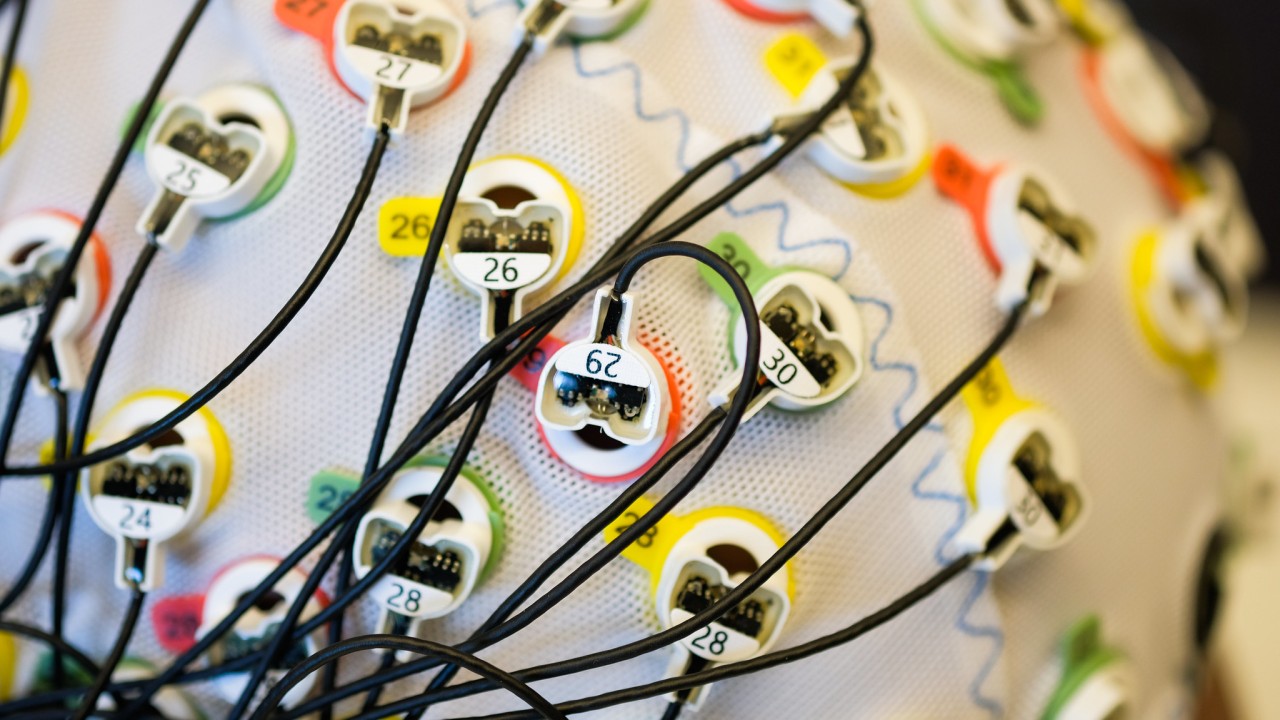R&D Leader
Kenji DOYA(OIST, Professor)
PROJECTS
Device for Monitoring Health
PI: Kenji Doya
The Neural Computation Unit develops algorithms that elucidate the brain's mechanisms for robust and flexible learning. The unit focuses on how the brain processes reinforcement learning, in which a biological or artificial agent learns novel behaviors in uncertain environments by exploration and reward feedback. Top-down computational approaches are combined with bottom-up neurobiological approaches to achieve these goals.
Development of a mental health monitoring system using EEG
PI: Tom Froese
The Embodied Cognitive Science Unit investigates the hypothesis that agent-environment interaction is an essential part of, rather than only a product of, cognition. An agent's mind is profoundly shaped by its embodiment and the world, especially in terms of social, cultural and technological mediation. Using methods drawn from the intersection of computer science and complex systems, the implications of this hypothesis are modeled and tested across scales from adaptive behavior to human thinking. Applications will advance our understanding of social cognition, addiction, and human-computer interaction.
Sonic Lab
PI: Izumi Fukunaga
The Sensory and Behavioural Neuroscience Unit seeks to understand how the brain processes incoming sensory information from the environment. We study how circuit mechanisms on different spatial and temporal scales underlie the sense of smell using a variety of modern systems-neuroscience methods. We seek to analyze the logic of local circuitry to understand how it is ultimately used to guide behaviour and how behaviorally-relevant signals across the brain shape the processing in olfactory sensory areas.
Closing the science to practice gap for attention deficit hyperactivity disorder (ADHD)
PI: Gail Tripp
The Human Developmental Neurobiology Unit investigates the nature, causes, and management of ADHD. Unit members study why children diagnosed with ADHD respond differently to reinforcement, and they work with colleagues overseas conducting fMRI and drug studies to explore the disorder’s underlying neurobiology. The unit is also studying the social problem solving skills of children with ADHD and developing a skills program for Japanese parents dealing with ADHD.
R&D Plan and Goal
Our goal is to maintain and improve mental health, etc. We will develop stress-free wearable devices and monitoring systems that monitor the state of the brain and body to improve communication and teamwork from the brain science perspective.








